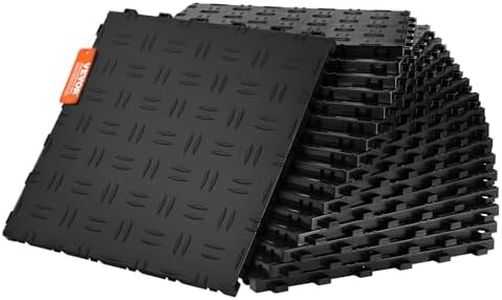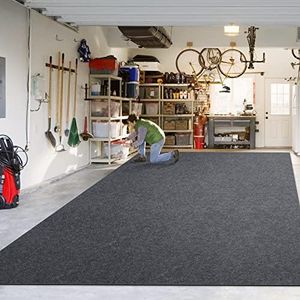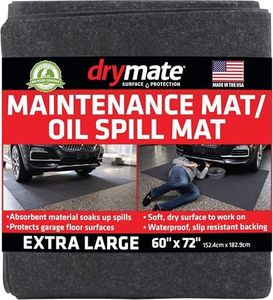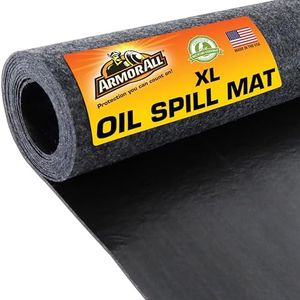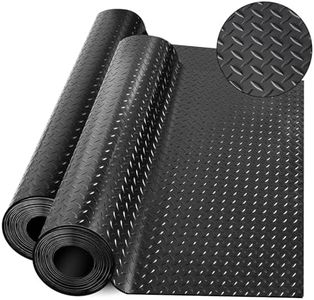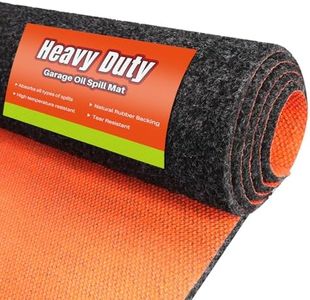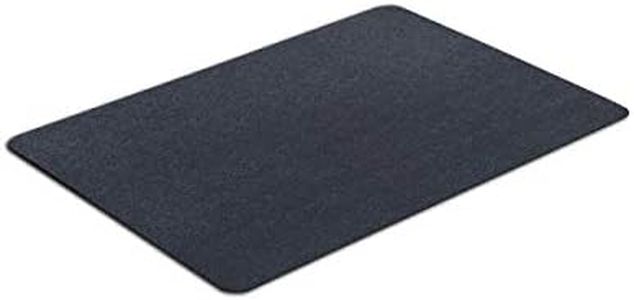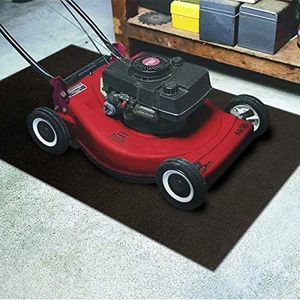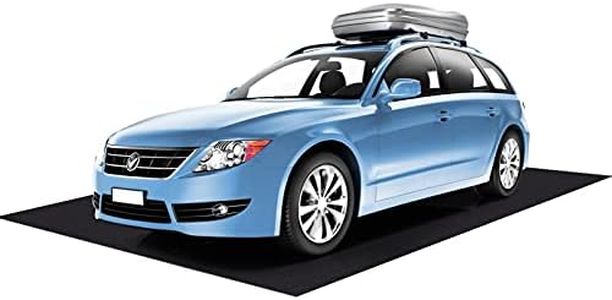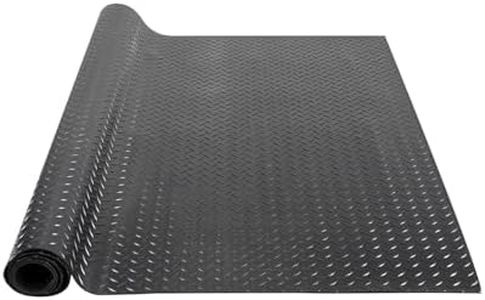We Use CookiesWe use cookies to enhance the security, performance,
functionality and for analytical and promotional activities. By continuing to browse this site you
are agreeing to our privacy policy
10 Best Garage Floor Mats
From leading brands and best sellers available on the web.Buying Guide for the Best Garage Floor Mats
Choosing the right garage floor mat can make a big difference in keeping your garage clean, protecting your flooring, and creating a safer environment. When shopping for a mat, think about what you need most—do you want protection from oil spills, better traction, or simply to keep the floor looking tidy? By considering a few key features, you can find a mat that fits your habits and the way you use your garage.MaterialThe material of a garage floor mat affects durability, resistance to chemicals, and ease of cleaning. Common options are PVC, rubber, and polyester—the right one depends on how tough you need your mat to be. PVC is sturdy and resists oil, perfect for heavy-duty use; rubber is flexible and provides good grip, great for wet areas; and polyester absorbs water but may stain easily. If you expect a lot of spills or have heavy cars, choose a tougher material like PVC or rubber. For simple use, such as keeping dust down, lighter materials work fine.
SizeGarage floor mats come in various lengths and widths to fit different spaces, from under a single car to covering the whole floor. It’s important to measure your garage and think about what area you want to protect. A mat just for parking is easier to handle but covers less space, while a wall-to-wall mat provides full coverage. Pick according to how you use your garage: just under the vehicle if parking is your only concern, or a larger mat if you work in the garage or want to keep the entire area tidy.
ThicknessThickness refers to how substantial the mat is, and this affects how well it absorbs shocks, resists tears, and masks imperfections in the floor. Thin mats are lightweight and easy to move but wear out faster, while thicker mats provide more protection and comfort underfoot. If you frequently drop tools or roll heavy items, a thicker mat will help; for light use, a thinner mat might be all you need.
Texture and Surface PatternThe surface pattern can make a big difference for grip and cleaning. Smooth mats are easy to sweep but can get slippery when wet. Ribbed or diamond-plate textures improve traction and channel away liquids, making them safer for areas where water or oil spills might occur. If safety is a big concern or your garage gets wet often, textured mats are best. If you prefer easy cleaning and your garage stays dry, smoother mats can work well.
Absorbency and Leak ProtectionSome mats are designed to soak up spills, while others act as a barrier to stop liquids from reaching the floor. Highly absorbent mats are excellent if you’re worried about water from your car or minor oil drips. Mats with a waterproof backing are better for heavy leaks or if you want to avoid any liquid seeping through at all. Choose based on the type of messes you expect: absorbent for light drips, leak-proof for bigger spills.
Ease of CleaningA garage mat should be easy to maintain, especially if you use your garage a lot. Mats that can be hosed off or wiped with soap and water are low maintenance. Some absorbent mats might need to be laundered or replaced regularly. Consider your willingness to clean and how dirty your mat is likely to get—simple clean-up mats work well for daily use, while easy-to-replace ones can suit people who don’t want to scrub.
